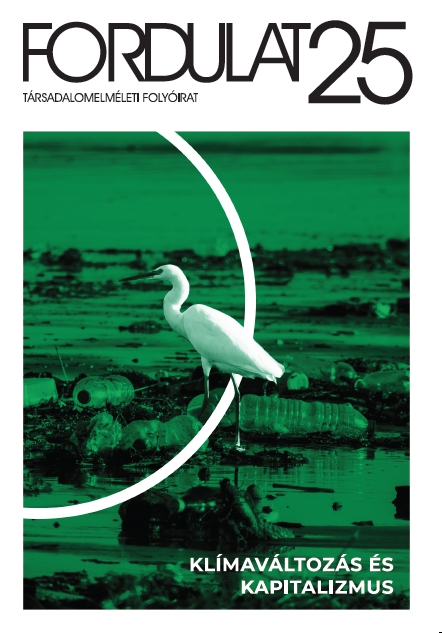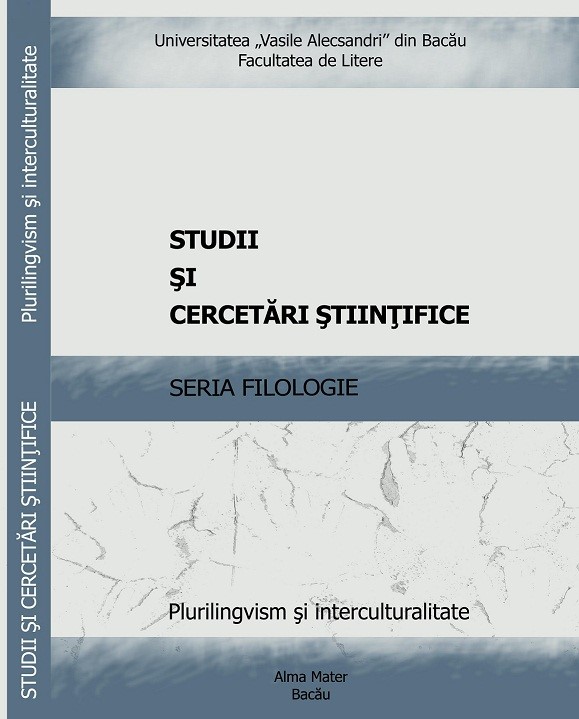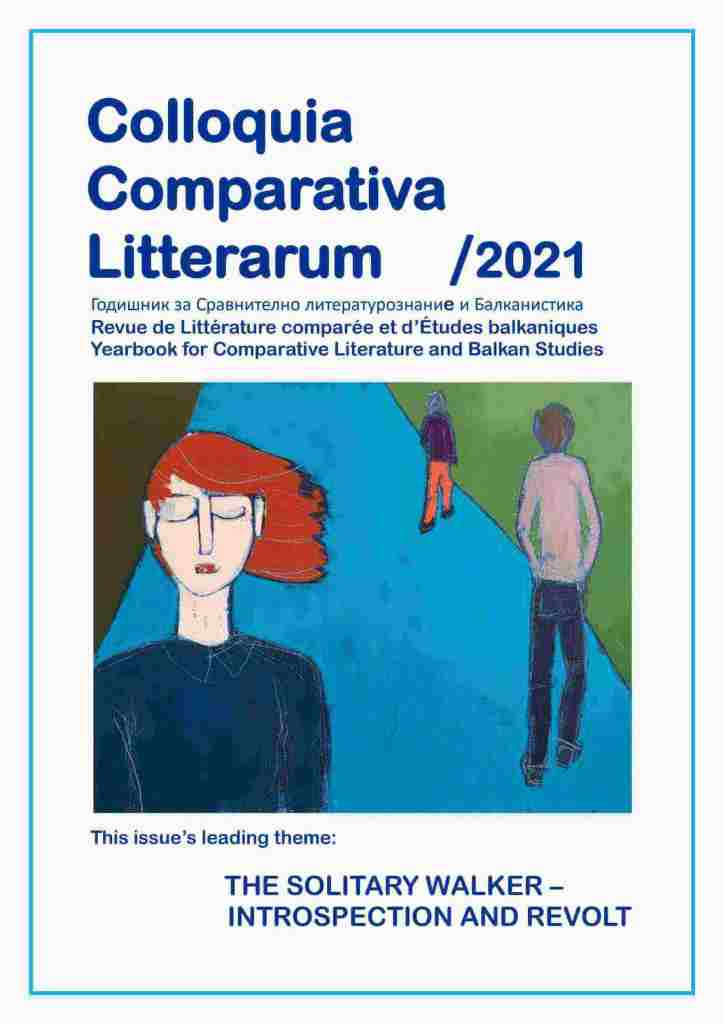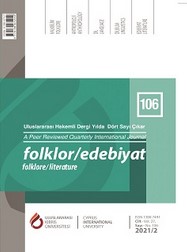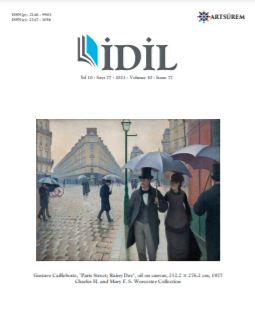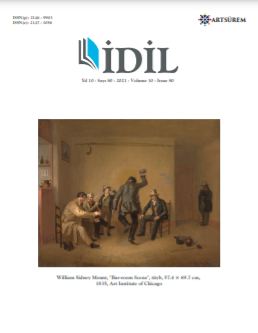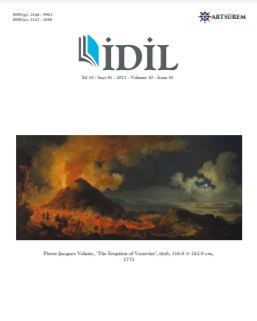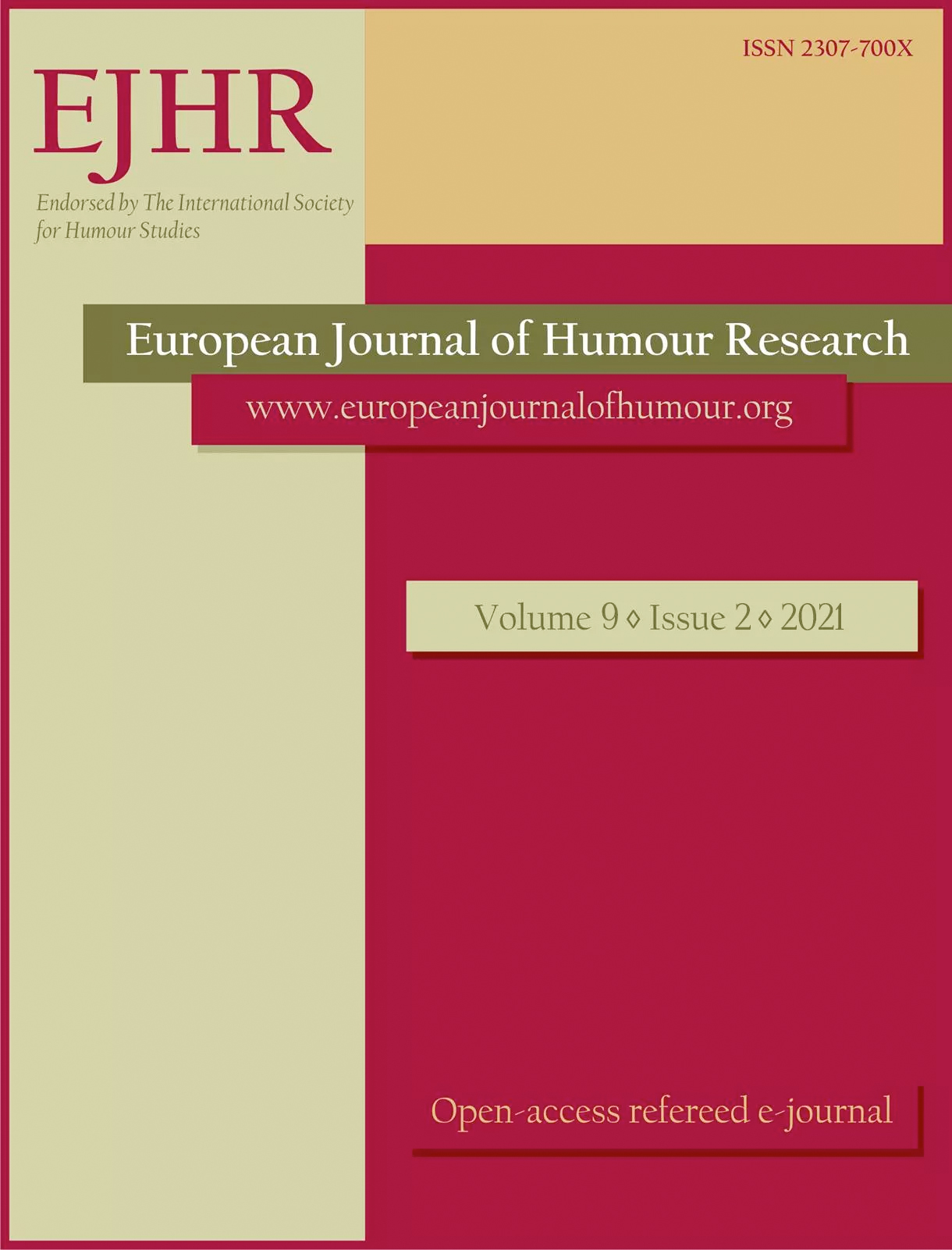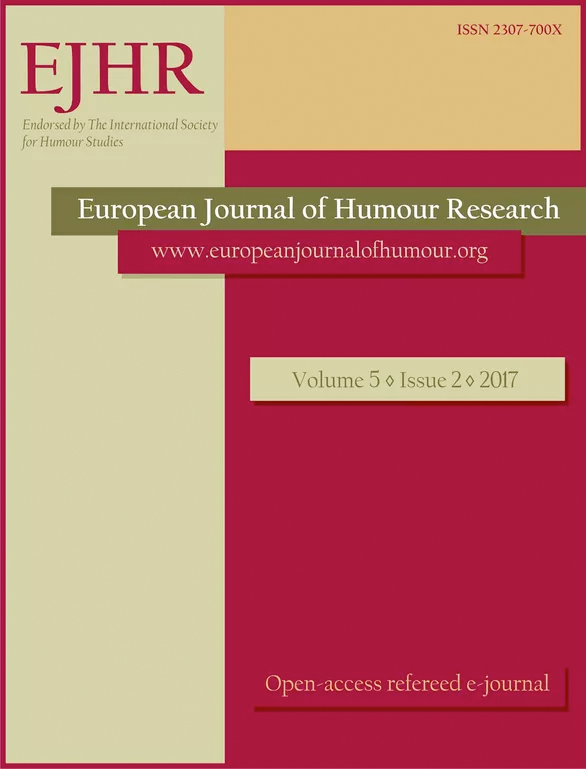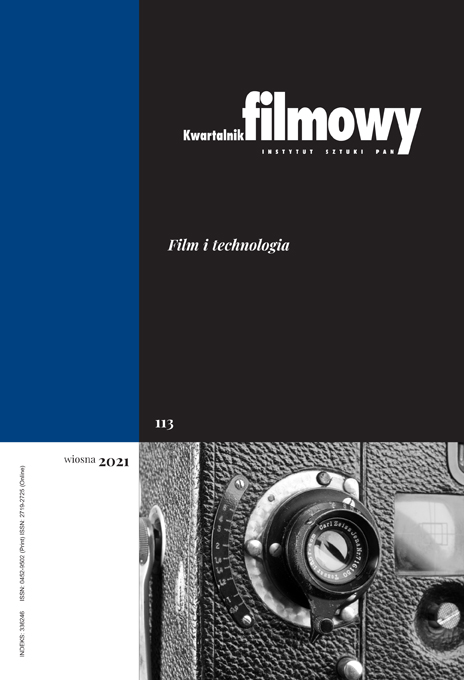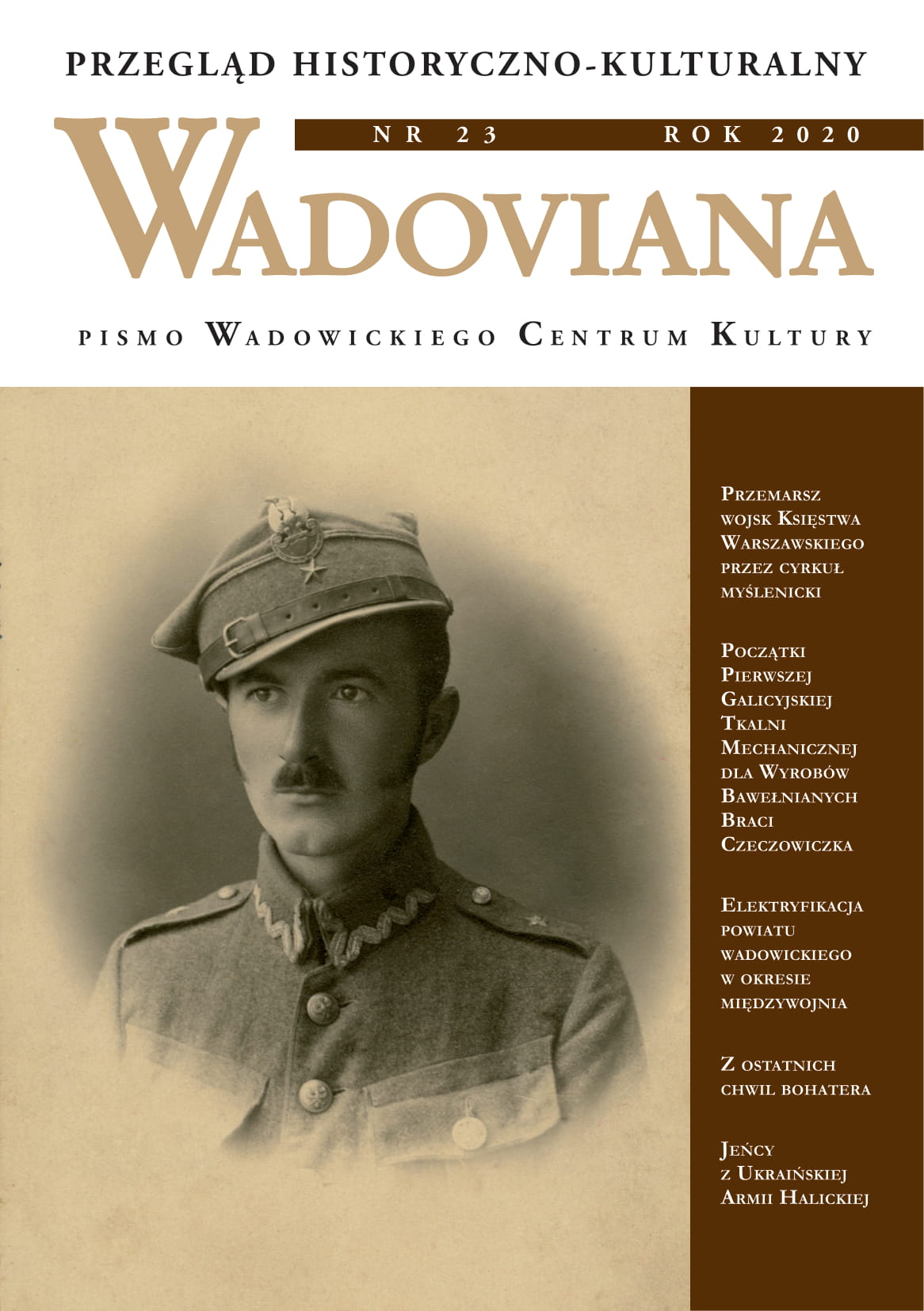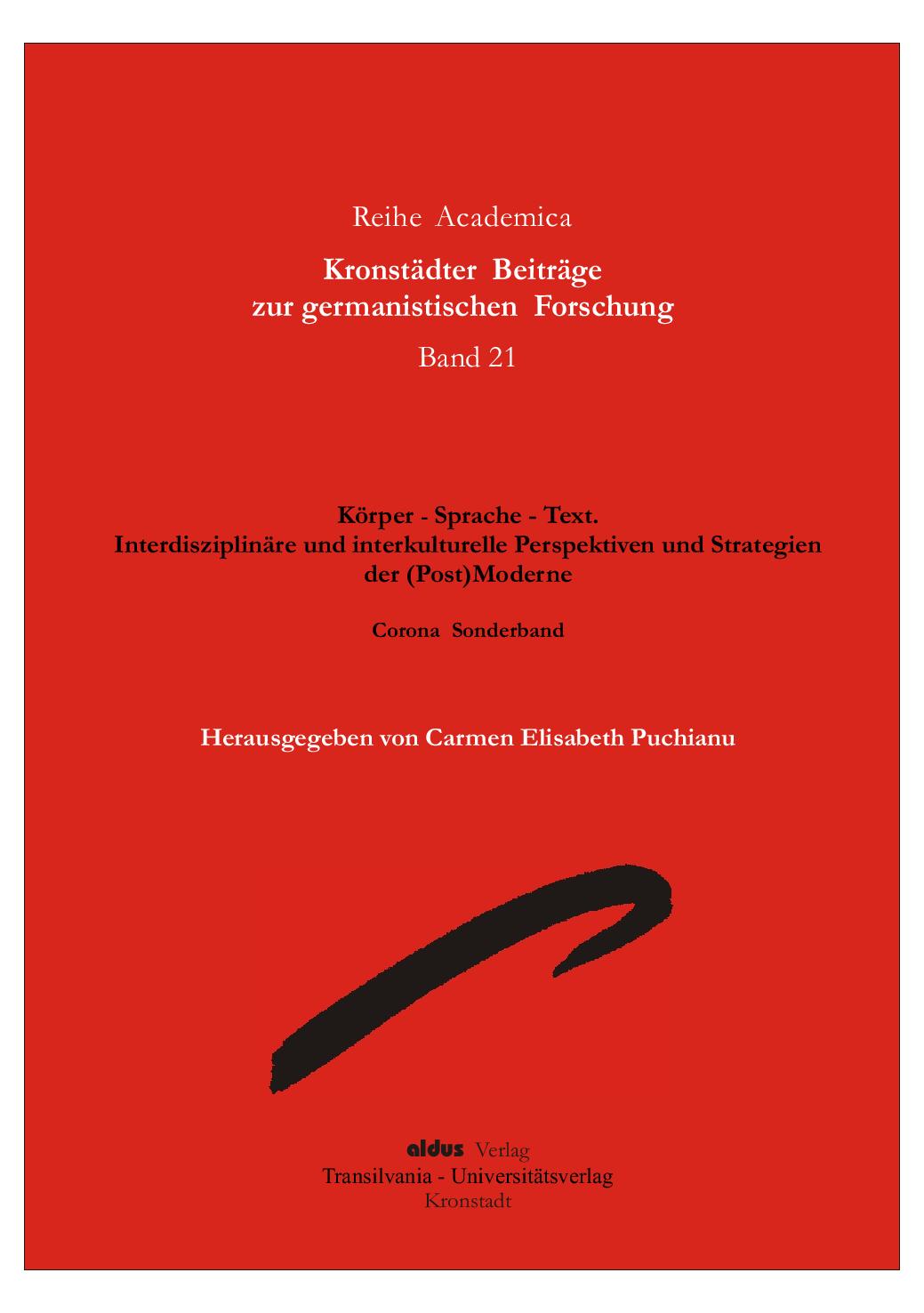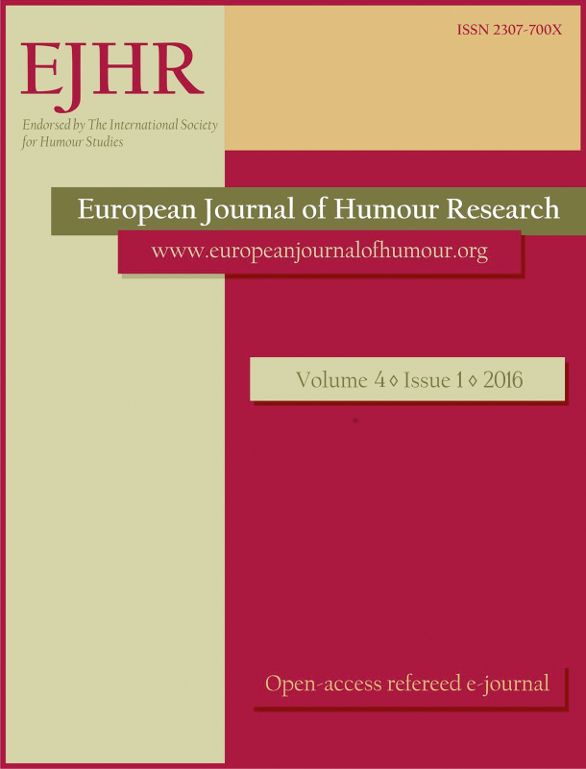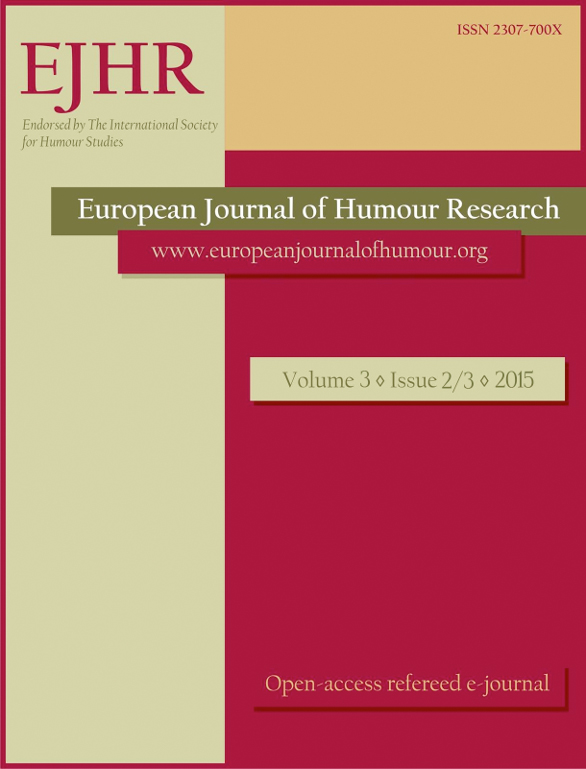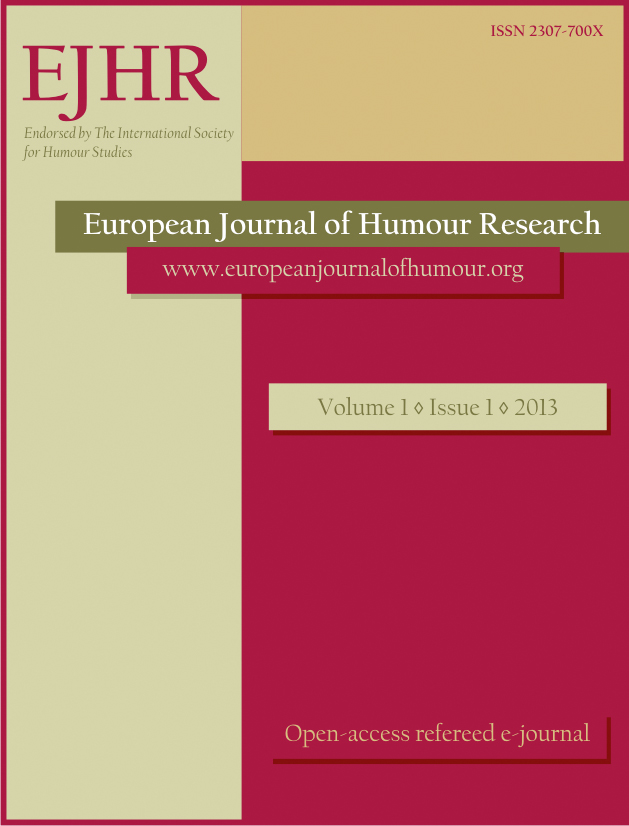Author(s): Meliha Yılmaz,Tuğçe Gök Kalfa / Language(s): Turkish
Issue: 80/2021
In this study, First Years Program of the International Baccalaureate Organization, which was established in 1968 in Geneva, Switzerland to implement an intercultural and universally valid curriculum has been studied. This programme has not been studied before and it is aimed to examine the program structure in question, with the obtained data, information, and analysis, to reveal and understand its features. Qualitative data analysis method was used in the study. Data collection tools are text-based documents and literature reviews. Although, the photographs are for illustrative purposes only. As a result of the research, the following findings of the programme structure were reached: International Baccalaureate Organization, which has universal validity, the students of the profile features; investigating, questioning, knowledgeable, thinkers, communicators, principled, open-minded, sensitive, risk-takers, balanced, and alternately-minded consideration of characteristics such as being an individual in preparing and learning environments where students are active are seen as the full realization of the target. It was understood that the Primary Years Programme consisted of six courses (language, social studies, mathematics, art, science, personal, social education, and physical education), students chose these courses according to their wishes and these courses were given in English. If they choose all of them, they receive 15-18 more lesson hours in addition to their course schedule. In addition, in the scoring system of the IB Programme, the lowest score that can be obtained from a course is 1, the highest score is 7, and to be deemed to have successfully completed the programme, it is necessary to have at least 24 points from the total of 6 courses. In addition to 42, which is the highest score that can be obtained from the courses, the highest IB Diploma grade of 45 can be reached with additional points to be obtained from internal evaluation, projects, and dissertation. It is seen that transdisciplinary themes are used in the programme, which is a thematic programme and it is understood that these themes are not limited to the visual arts course. According to the results, IB Programme has completely different characteristics from MEB curriculums in terms of classification of acquisitions, thematic structure, supra disciplinary approach, and measurement system, it is recommended that comparative research should be carried out as a separate research topic, and this research will contribute to the researches to be carried out is considered.
More...

